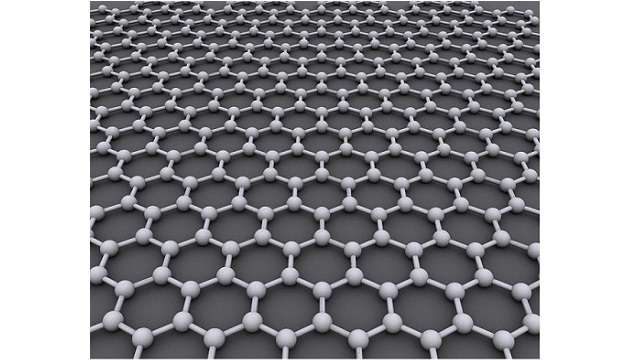Graphene, in its regular form, does not offer an alternative to silicon chips for applications in nanoelectronics. It is known for its energy band structure, which leaves no energy gap and no magnetic effects. Graphene antidot lattices, however, are a new type of graphene device that contain a periodic array of holes, missing several atoms in the otherwise regular single layer of carbon atoms.
This causes an energy band gap to open up around the baseline energy level of the material, effectively turning graphene into a semiconductor. Iranian physicists investigate the effect of antidot size on the electronic structure and magnetic properties of triangular antidots in graphene.
Zahra Talebi Esfahani from Payame Noor University in Tehran, Iran, and colleagues have confirmed the existence of a band gap opening in such antidot graphene lattices, which depends on the electron’s spin degree of freedom, and which could be exploited for applications like spin transistors. The authors perform simulations using holes that are shaped like right and equilateral triangles, to explore the effects of both the armchair-shaped and zigzag-shaped edges of graphene holes on the material’s characteristics.
In this study, the values of the energy band gap and the total magnetisation, the authors find, depend on the size, shape and spacing of the antidots. These may actually increase with the number of zigzag edges around the holes. The induced magnetic moments are mainly localised on the edge atoms, with a maximum value at the centre of each side of the equilateral triangle. By contrast, armchair edges display no local magnetic moment.
Thanks to the energy band gap created, such periodic arrays of triangular antidot lattices can be used as magnetic semiconductors. And because the energy band gap depends on the electron spins in the material, magnetic antidot lattices are ideal candidates for spintronic applications.






